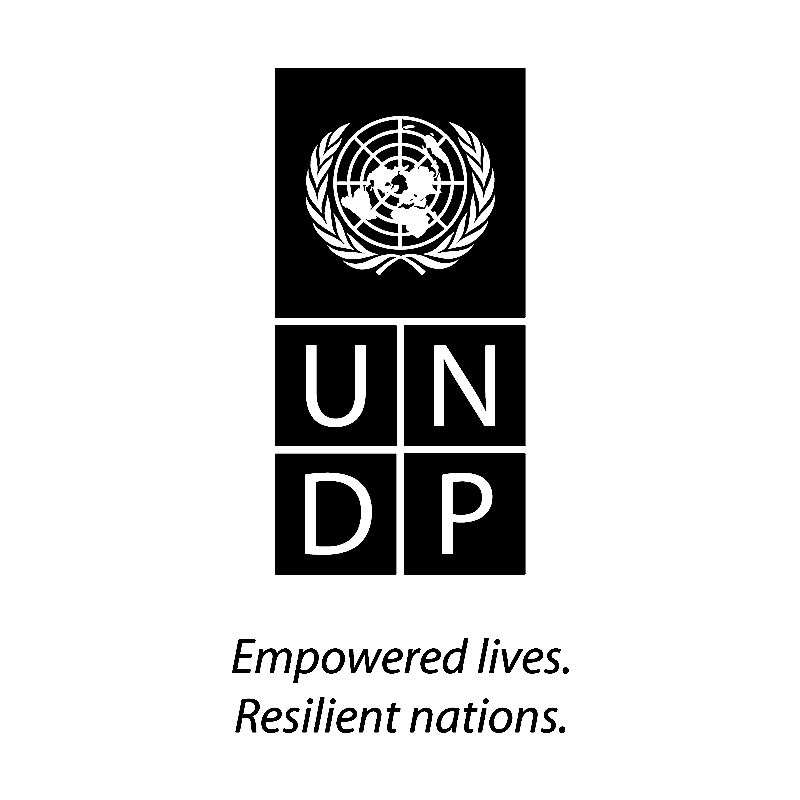Partnering with the United Nations Development Programme Regional Bureau for Africa, Parsons Data Visualization students investigate renewable energy in Sub-Saharan Africa.
Batool Akbar
Quality Education
Obtaining a quality education in African countries is one of UN Sustainable Development Goals for 2030. According to the United Nations, more than 265,000 children are out of school, and around 20% of them are in primary school age. Access to electricity is an important factor in order to achieve the SDG goal. This project studies the relationship between the country's access to electricity and the number of out–of–school children in primary and secondary school age.
Michael Wolf
Nigerian Women’s Health and Access to Electricity
This project presents data for Nigeria from World Bank and Global Burden of Disease Collaborative Network, broken down by gender, access to infrastructure, and types of disease. The visualizations will highlight underserved populations and attempt to clarify additional health risks unique to women when access to electricity is poor.
Stephanie Yung
Visualizing Africa’s path to renewable energy through the lens of SDG 16 - focusing on the critical link between good governance, renewable energy capacity and renewable energy potential.
SDG 16
Felix Buchholz
Climbing the Energy Ladder – A Way out of Poverty?
I want to use the concept of the energy ladder to look at the relation between access to clean fuels and cooking technologies and SDG 1, poverty. To facilitate comparisons between the two I incorporate two approaches, a direct comparison of two indicators and a more holistic approach contextualizing poverty and development status.
Mikaela Ergas Lenett
How Does Electrification in Rural Africa Affect Years of Schooling?
Using a gender lens, this visualization explores how access to electricity in rural Africa affects years of schooling. When a rural household does not have access to electricity, they must rely on traditional fuel sources for domestic activities. According to the FAO, women bear the largest share of time and labor burdens associated with collecting fuel for domestic use. While there are several factors that affect the amount of education female's receive, household electrification has the ability to relieve time and labor burdens for rural women, allowing them to reallocate their time towards schooling.
Candice Joan Mai Chan
Exploring Post-Harvest Food Loss and Electricity Access in Africa
Currently, post-harvest food loss, defined as crop losses in quality and quantity that occur between harvest and the moment of human consumption, is one of the main factors to food insecurity and hunger across Africa. This project explores the relationship between electricity access and points in the process with the greatest food loss in order to highlight areas that need the greatest attention.
Andrew Levinson
How can acting on renewable energy potential improve the ease of doing business in Sub-Saharan Africa?
One of the biggest obstacles to effectively growing an economy is a lack of access to affordable electricity. Unfortunately, Sub-Saharan Africa has some of the harshest economic and electrification conditions. Luckily, there's an opportunity; in many of these countries, there's some of the highest renewable energy potential in the world. This visual essay explores current economic conditions and potential energy opportunities in Sub-Saharan Africa.
Aaditi Rokade
Exploring connections and trends in access to electricity, net migration and pupulation for Africa (2012-16)
At least 110 million of the 600 million people are still living without access to electricity in Africa live in urban areas. Access to electricity contributes to the quality of life. This project visualizes the possible connections and trends between the net migration, access to electricity and population. It also visualizes the trends in access to electricity and population distribution for urban and rural Africa.
Alonso Alcocer Guemez
Access to Electricity, Clean Cooking Technologies and Under Five Mortality Rate in Africa
According to the WHO, Africa remains the region were the risk of dying before completing five years of age remains the highest in the world. As part of the SDG agenda, the UN has set the goal of reducing the under five mortality rate to at least as low as 25 per 1000 live births. The following project explores the relationship between access to electricity, clean cooking technologies, under five morality rate in Africa and how have they have changed over time.
Simone Rachelle Betito
Would dependable energy in health care facilities reduce maternal death rates in sub-Saharan Africa?
Through the lens of SDG-5 (Gender Equality), this visualization examines the importance of dependable energy in healthcare facilities and its role in reproductive care in sub-Saharan Africa. It also explores the direct correlation between maternal mortality rates and a lack of electricity in healthcare facilities in sub-Saharan Africa Without dependable energy in healthcare facilities, women experience a range of complications including but not limited to, giving birth in the dark without access to facilities with electricity and lifesaving devices requiring energy. Initiatives that focus on investing in dependable energy in this area will have a direct impact in saving women's lives.

